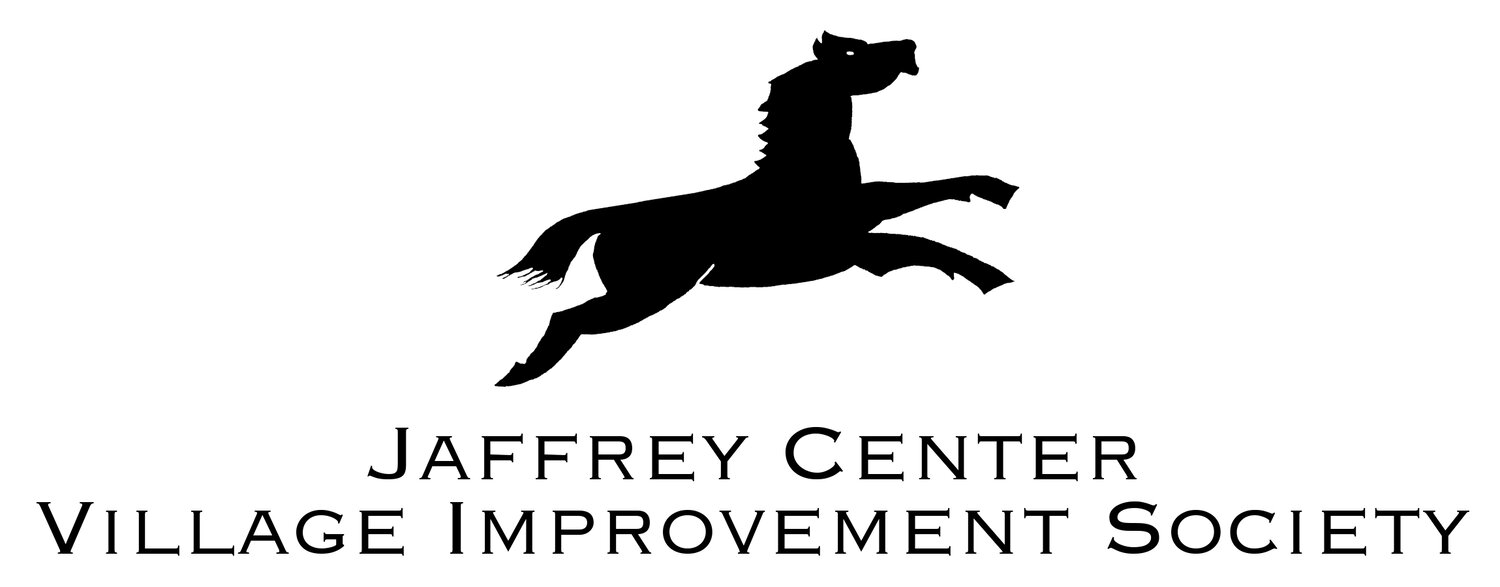A Short History of Melville Academy
The pupils’ view of the teacher’s desk in the Melville Academy schoolroom that would accommodate three teenagers to one desk.
Photograph by Ron Yantiss
The Melville Academy was built in 1833 and was the first school in Jaffrey that offered education beyond the basics of reading, writing, and arithmetic taught in the one-room public schoolhouses. Its primary benefactor was Jonas Melville, a banker and prominent citizen of Jaffrey who was born in Nelson and moved to Jaffrey in 1821. Melville was a nephew of Rev. Laban Ainsworth and married Betsey Lacey of Jaffrey; they built the Stone House, now owned by St. Patrick’s. Other contributors and trustees were Dr. Luke Howe, Asa Parker, John Fox (who gave the land), and John Felt. At this time, Jaffrey was growing rapidly and had stores and taverns, mills, along with three or four churches. There was a demand for advanced education that could prepare young people for professions or for college. There had been a few unsuccessful attempts to raise money for an academy prior to 1833, and many people had argued that more education was a waste of time and might make Jaffrey’s young people discontent with the rural way of life.
The Academy
Melville Academy teacher and students, circa 1850’s.
Photograph from Granite State Monthly / 1908
Common at this time, an academy was a private school whose students ranged between 12 and 21, with the average age being in the mid-teens. The academy offered a well-rounded, classical education. Melville’s promotional flyer lists the following subjects: English (grammar, composition, and literature), Greek, Latin, arithmetic, music, philosophy, logic, history, geography, geometry, and speaking (called declamation), astronomy, botany, and chemistry. Melville advertised a collection of maps, a globe, and a 100-volume library. Like all schools of the time, it also sought to promote “piety and virtue.” Tuition in 1833 was $3.50 per pupil, per term, for the basic courses. Latin and Greek cost an extra $4.00, and French was $1.00. There were three terms at first, starting in early December, then in early March, and early June. Each was 11 weeks long. A fourth term was added in the 1840s. In 1835, “board in the vicinity of the Academy, including washing, could be obtained at $1.25 per week.” By 1840, that had risen to $1.50.
When the Academy opened in 1833, it had 174 students – 87 males and 87 females. They came from Jaffrey, Rindge, Greenfield, Marlborough, Keene, Sullivan, Peterborough, Nelson, Sharon, and even towns in Vermont, New York, and Massachusetts. It had a principal, called a preceptor, and he had two assistants. By 1846, the enrollment had dropped considerably: 58 students for the spring term, 37 for the fall, and 41 for winter.
Melville opened its doors in prosperous times and closed them in 1857 during an economic depression. Jonas Melville had invested in the development of local railroads and lost everything in the Panic of 1857 when bank and railroad stocks became worthless; his mansion, the Stone House, was auctioned off to pay creditors, leaving the Melvilles destitute. Without his support, tuition did not cover the costs of the school, especially since parents of students also suffered financial setbacks and had to withdraw their children.
Melville as a Public School
In 1863 the Town reopened Melville as the District No. 7 elementary school. There was no public high school until 1879 when Conant High School was founded with a substantial endowment from John Conant who stated that classes should alternate between Jaffrey Center and East Jaffrey. This original high school was located in the same spot now occupied by the current elementary school. High school students met in Melville the first year while the Meetinghouse was being renovated (second floor) to accommodate classrooms. This arrangement didn’t work well – students from East Jaffrey tended to skip school the year it was in Jaffrey Center and vice versa. By 1897 the high school stayed in East Jaffrey.
In 1918 Melville was abandoned as a school building when there were not enough children in Jaffrey Center to warrant a separate school. Eventually all elementary schools were consolidated in one building. In 1920 the Jaffrey Center Village Improvement Society approached the town with a plan to use the building as a museum and for meetings and other events, in exchange for making needed repairs. Ownership was clarified in 1960 when the town issued a quit-claim deed to the JCVIS. It is open to the public during July and August, from 2 to 4 on Saturdays and Sundays. Jaffrey’s 4th grade students visit in the spring as part of a tour of Jaffrey Center. Other groups have arranged tours on request including senior citizen groups and special education classes.
-2009











